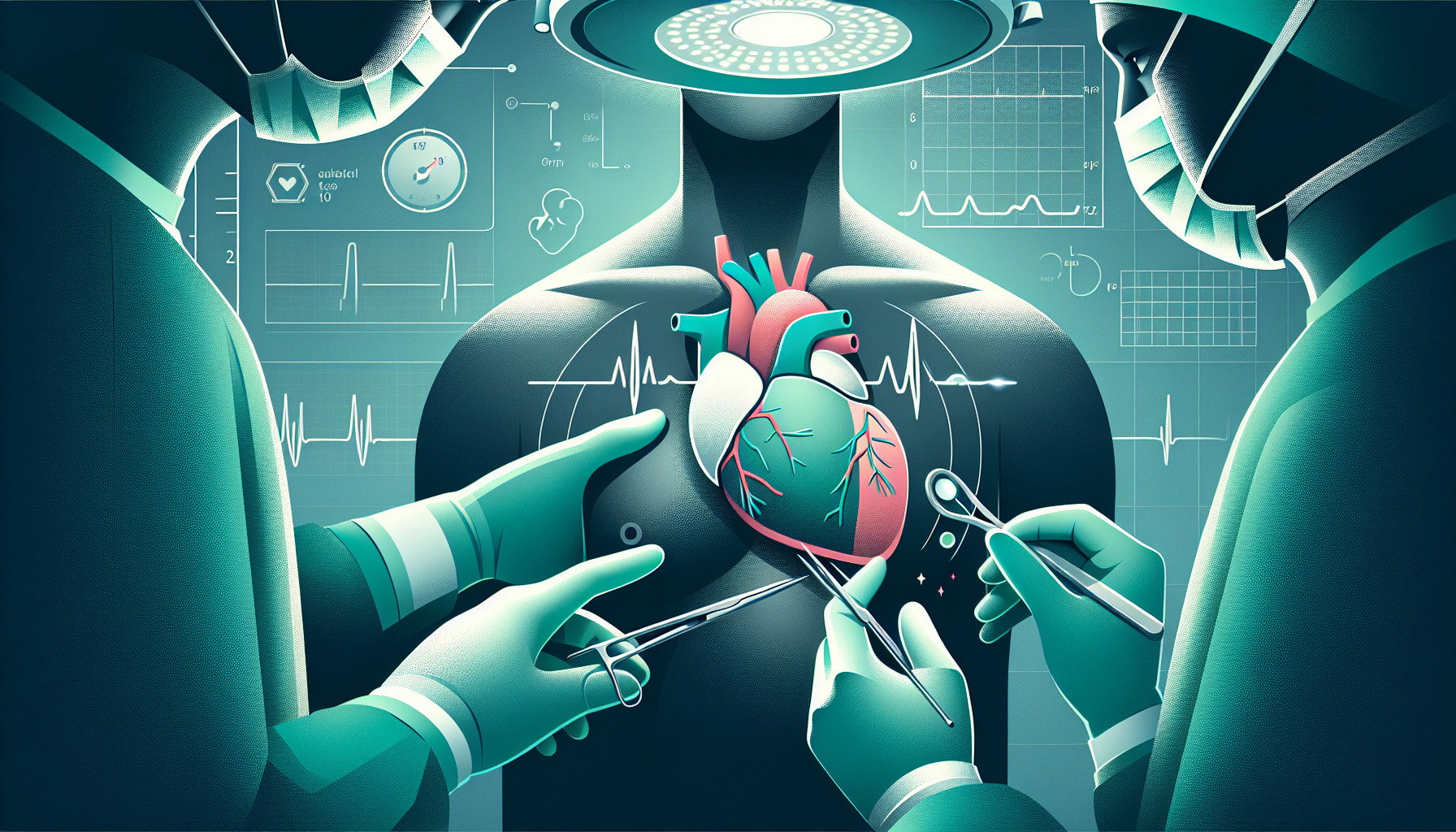Our Summary
This research paper isn’t accompanied by an abstract, but it does have keywords hinting at its content. It seems to focus on a medical procedure involving the mitral valve in the heart, which can sometimes malfunction, causing conditions like mitral regurgitation and mitral stenosis. These conditions can lead to blood flow issues in the heart.
The paper likely discusses the use of computed tomography, a type of medical imaging procedure, in diagnosing or treating these conditions. It may also explore a specific procedure called a transcatheter intervention, a less invasive surgical option often used to repair or replace heart valves.
FAQs
- What is mitral valve replacement?
- How does computed tomography relate to mitral valve replacement?
- What is the connection between mitral regurgitation, mitral stenosis, and transcatheter procedures?
Doctor’s Tip
One helpful tip a doctor might tell a patient about mitral valve replacement is to follow a healthy lifestyle, including eating a balanced diet, exercising regularly, and avoiding smoking, as these habits can help improve the overall success and longevity of the replacement valve. Additionally, it is important to attend all follow-up appointments and communicate any symptoms or concerns to your healthcare provider promptly.
Suitable For
Mitral valve replacement is typically recommended for patients with severe mitral valve disease, such as severe mitral regurgitation or stenosis, who have symptoms that are not adequately controlled with medication or other treatments. Patients who are at high risk for complications with traditional open-heart surgery may also be recommended for a transcatheter mitral valve replacement procedure.
Timeline
Before mitral valve replacement:
- Patient experiences symptoms such as fatigue, shortness of breath, chest pain, palpitations, and dizziness due to mitral valve disease.
- Patient undergoes diagnostic tests such as echocardiogram, cardiac catheterization, and stress tests to confirm the diagnosis of mitral valve disease.
- Patient is evaluated by a cardiac surgeon and cardiologist to determine the need for mitral valve replacement.
- Patient undergoes preoperative preparation, including blood tests, imaging studies, and consultations with anesthesiologists and other healthcare providers.
After mitral valve replacement:
- Patient undergoes the mitral valve replacement procedure, which can be done through traditional open-heart surgery or minimally invasive techniques such as transcatheter valve replacement.
- Patient stays in the hospital for a few days to recover from the surgery and monitor for any complications.
- Patient undergoes cardiac rehabilitation to improve heart function and physical endurance.
- Patient is prescribed medications to manage symptoms and prevent complications.
- Patient follows up with their healthcare providers regularly for monitoring and adjustments to their treatment plan.
- Patient may need to make lifestyle changes such as following a heart-healthy diet, quitting smoking, and engaging in regular exercise to improve their overall health and reduce the risk of future heart problems.
What to Ask Your Doctor
- What are the reasons for recommending a mitral valve replacement?
- What are the different types of mitral valve replacement surgeries available?
- What are the risks and potential complications associated with mitral valve replacement?
- How long is the recovery period after mitral valve replacement surgery?
- What lifestyle changes or restrictions will be necessary after the surgery?
- Will there be a need for ongoing medication or follow-up appointments after the surgery?
- How successful is mitral valve replacement in improving symptoms and quality of life?
- Are there any alternative treatments or options available for mitral valve disease?
- What is the long-term outlook for someone who undergoes mitral valve replacement surgery?
- Are there any specific instructions or precautions to follow before and after the surgery?
Reference
Authors: Delgado V, van Rosendael PJ. Journal: JACC Cardiovasc Imaging. 2021 Aug;14(8):1581-1583. doi: 10.1016/j.jcmg.2021.01.022. Epub 2021 Mar 17. PMID: 33865762
